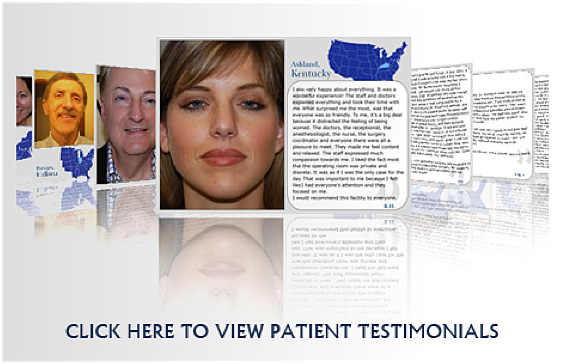- Question: How do the ingredients in e-cigarettes and vaporizers affect respiratory health? - August 16, 2019
- Bad Technique and Vocal Injury - January 9, 2019
- Is Edible Marijuana Dangerous for the Voice? Myths Dispelled - December 18, 2018
- Surprise! You have a hemorrhage - January 31, 2018
- Graves’ Disease: Treatment Overview - September 25, 2017
- Adele and the Stigma of Vocal Injury - July 11, 2017
- Vocal Curbside Consult: How does the thyroid affect the voice? - May 16, 2017
- Vocal Curbside Consult: How do hormones affect the voice? - May 3, 2017
- Vocal Curbside Consult: How do emotion and stress affect the voice? - April 17, 2017
- Vocal Curbside Consult: Vocal Recovery After Illness - April 7, 2017
Do I need anything more than a scope through my nose to figure out my voice problem?
Question: I recently went to an ENT because I was hoarse. He put a scope through my nose and told me that I had a polyp on my vocal cord. I wasn’t able to see what he was seeing, but he told me I needed surgery. I am really nervous about having surgery and I didn’t get the feeling that I had a complete exam. Is a scope in the nose good enough for a voice exam?
Image:

Answer: The scope that goes in your nose (called a flexible laryngoscope) is not sufficient for a voice exam.
Stroboscopy is the gold standard for voice evaluation. This high-tech machinery involves using high magnification and a voice-synchronized strobe light to allow the physician to view and analyze the vibration of the vocal cords. Stroboscopy allows a more magnified, high-definition view, with more illumination in order to correctly diagnose a voice problem.
Numerous patients have had polyps misdiagnosed and had incorrect surgery for treatment. This occurs because unless the vibration is analyzed, which is impossible without stroboscopy, the risk of misdiagnosis is much higher. Even the highest level of a flexible laryngoscope (called distal chip) cannot achieve what stroboscopy can.
The added benefit is that all stroboscopy enables recording, so the patient can better view and understand their problem. This enables the patient to take more responsibility for their care, which always results in better outcomes.
Key Points
- A proper voice exam requires stroboscopy.
- Strobosocpy is not available at every ENT’s office.
- If you are having a voice problem, you should have stroboscopy to properly diagnose and treat your voice problem.
Video:
Flexible laryngoscopy (scope through the nose) versus Stroboscopy. Note with stroboscoyp the image is brighter, more magnified, and the vibration of the vocal cord can be seen.
Read patient stories about Dr. Reena Gupta from The Division of Voice at the Osborne Head and Neck Institute.
To learn more about Dr. Reena Gupta, click here.




